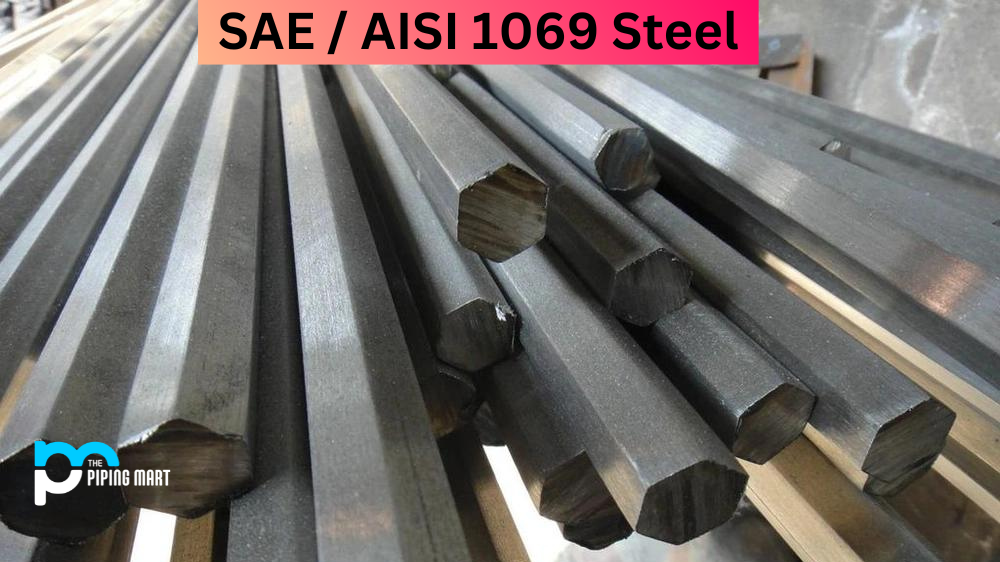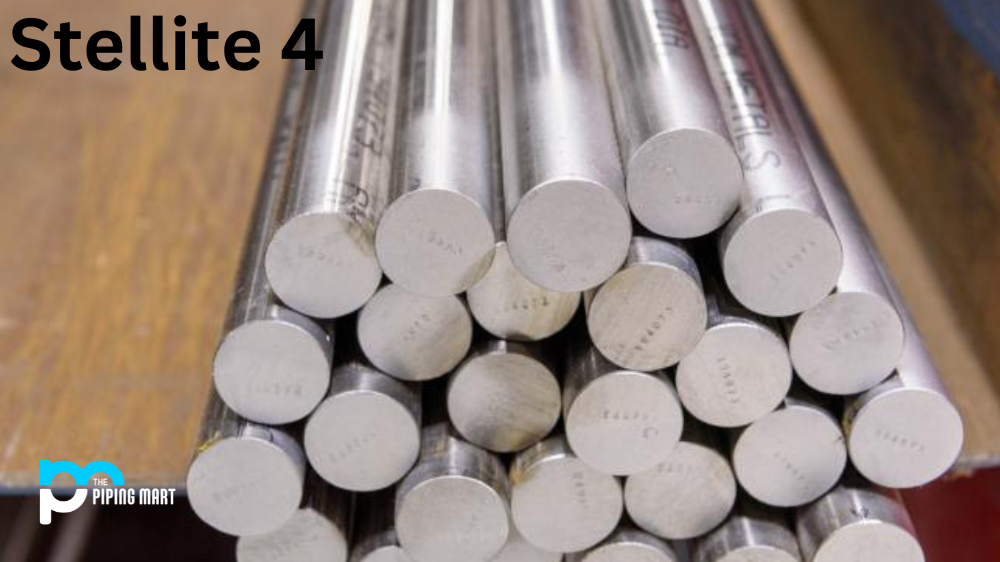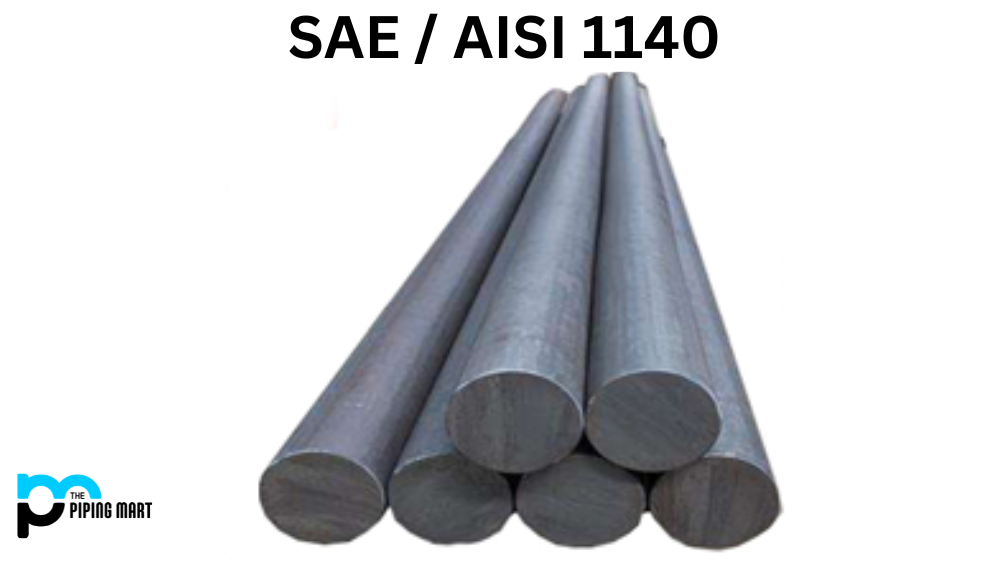AISI 1069 steel is a versatile alloy that can be used in a wide variety of applications. This steel has good corrosion resistance, heat resistance, and machinability. Additionally, it can be welded and heat treated. In this blog post, we’ll explore some of the most common uses for UNS G10690.
AISI 1069 Composition
| Element | Content (%) |
|---|---|
| Iron, Fe | 98.46 – 98.95 |
| Carbon, C | 0.65 – 0.75 |
| Manganese, Mn | 0.40 – 0.70 |
| Sulfur, S | 0.050 |
| Phosphorous, P | 0.040 |
AISI 1069 Physical Properties
| Properties | Metric | Imperial |
|---|---|---|
| Density | 7.7-8.03 g/cm3 | 0.278-0.290 lb/in³ |
AISI 1069 Mechanical Properties
| Properties | Metric | Imperial |
|---|---|---|
| Elastic modulus | 190-210 GPa | 29700-30458 ksi |
| Poisson’s ratio | 0.27-0.30 | 0.27-0.30 |
Uses
SAE 1069 steel is ideal for cold forming and drawing applications as it has a low carbon content of between 0.08-0.12%. It’s often used for parts and components in a wide range of industries that require good strength and toughness, such as automotive and railway industries. In some cases, UNS G10690 steel is also used to make bearings or gears due to its high fatigue strength. Moreover, the spring properties of SAE/AISI 1069 steel mean it can be used in a variety of cold-formed springs, such as rubber blocks, disc springs, and more. All in all, its diverse uses make SAE/AISI 1069 a highly adaptable steel suitable for different needs.
Corrosion Resistance
One of the most notable properties of Grade 1069 steel is its corrosion resistance. This steel alloy is resistant to both acid and base attacks. Additionally, it provides good resistance to stress-corrosion cracking. This makes SAE / AISI 1069 steel an ideal choice for applications where corrosion resistance is a key concern.
Heat Resistance
Another key property of alloy 1069 steel is its heat resistance. This steel alloy can be used at temperatures up to 1200 degrees Fahrenheit without losing its strength or hardness. Additionally, it has good oxidation resistance, making it an ideal choice for high-temperature applications.
Machinability
grade 1069 steel is also highly machinable. This means that it can be easily cut, drilled, and machined using standard methods. Additionally, this steel alloy can be welded using standard welding methods.
Welding
Welding SAE / AISI 1069 steel is an involved process that requires extensive skill as well as experience to pull off successfully. This unique metal contains a high number of chromium and manganese with low nickel content, making for an incredibly strong and durable weld. Additionally, this type of steel does not harden after welding, allowing the weld to remain malleable and able to tolerate a lot of stress without impacting structural integrity. With the proper equipment, expertise, and ongoing maintenance, SAE / AISI 1069 welding can create incredibly strong connections that will stand up through multiple uses.
Heat Treatment
Heat treatment of SAE/AISI 1069 steel involves annealing and tempering at controlled temperatures. In the annealing process, the steel is heated in a furnace and then cooled to relieve stress. The tempering process involves heating the steel again but this time with specific parameters depending on how hard or tough the final product should be. Each stage of heat treatment helps to improve its properties, such as increased hardness, resistance to corrosion, toughness and ductility. Ultimately, heat treatment of SAE/AISI 1069 steel can produce a material with improved strength characteristics that make it ideal for use in various structural applications.
Conclusion
As you can see, there are many uses for SAE / AISI 1069 steel. This versatile alloy offers good corrosion resistance, heat resistance, and machinability. Additionally, it can be welded and heat treated. If you’re looking for a steel alloy that can be used in a wide variety of applications, SAE / AISI 1069 is a great option to consider.

Abhishek is a seasoned blogger and industry expert, sharing his insights and knowledge on various topics. With his research, Abhishek offers valuable insights and tips for professionals and enthusiasts. Follow him for expert advice on the latest trends and developments in the metal industry.




